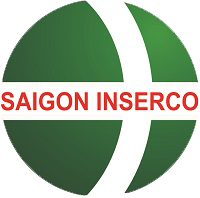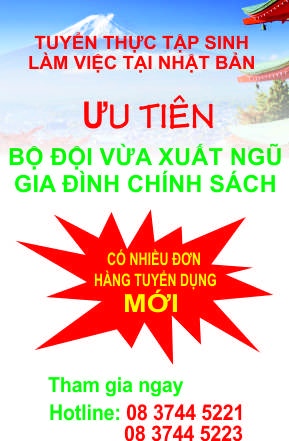Japan is an island nation in East Asia with an area of nearly 380,000 square kilometers. The name of the nation in Japanese is "Nippon" or "Nihon" (collectively written in kanji), meaning "origin of the sun". People believe that Japan is the origin of the sun and Westerners often translate the country 's name into "land of the rising sun"..
In addition, the ancestors of the Japanese are thought to be the sun goddess (sun goddess Amaterasu). The Japanese flag has a white background, a red circular disk in the center, symbolizing the sun.
 |
|
|
Japan is also known as "the land of cherry blossoms". Around April every year, cherry blossoms (or sakura) begin to bloom along the north to the south. Flowers begin to wilt just a week after the most brilliant time to bloom. Flower viewing festivals and many interesting activities attract tourists around the world.
Meanwhile, the name "Chrysanthemum country" used by chrysanthemums is a national symbol, appearing on the Imperial Japanese emblem, used by imperial members. The 16-petal chrysanthemum symbolizes the sun is shining in the sun. The monarchy of Japan is also often referred to with the symbolic image of the chrysanthemum throne.
According to the "Japan" book of the Young Publishing House's "Dialogues with Cultures", about 72% of Japan is mountainous. The slopes are quite steep, making it difficult for farming. This steep terrain forced the Japanese to go to the sea, working as a fisherman and fisherman. All important Japanese cities are located close to the coast.
 |
|
|
Like the island nation everywhere, the Japanese rely on the sea to ensure their lives. However, the mountains have always been the basis of Japanese character traits, imparting them resilience and tolerance to adversity.
Japan formed from 6,852 islands, forming a giant bow shape. The four major islands, Honshu, Hokkaido, Kyushu and Shikoku, account for 97% of the land area.
Honshu is the largest island, located in the middle. In the past, feudal forces and empires were concentrated in Honshu. Today, Honshu is the industrial center of Japan and is home to 80% of the population.
The highest mountain (Mount Fuji, 3,776 m high), the longest river (Shinano River, 367km long), the largest lake (Lake Biwa, 670 km2) are all located on Honshu Island.
 |
|
|
Shinto is the belief and religion of the Japanese nation, appearing before BC. This is one of the two leading religions in the country of Funeral, besides Buddhism (introduced in 552).
The "Japan" book of the "Dialogues with Cultures" states that deity is literally "the path of the gods", with no clear rules, no identities identifying the gods. It was present in Japanese belief from the very beginning that there was a certain god hiding in everything, living or inanimate objects. They call them "kami", meaning "above".
The souls of national heroes, famous scholars and mandarins, of mountains, rivers, lakes, trees or cliffs are "kami". They established temples to express their gratitude for the blessings and blessings of the "kami", and people went to these temples to pray for success.
 |
|
|
Shintoism has no sacrifices like most other religions. Sticks, leaves and strips of paper are used in ordinary simple ceremonies. A core feature of Shinto rituals is the symbolic cleansing action performed by the Japanese before arriving at a Shinto shrine, such as washing their hands and rinsing their mouths. Shinto rituals are a part of weddings, births, launches of ships, laying the foundations for new construction.
The Yamato family of Japan is the oldest existing dynasty in the world history with more than 2,000 years. The reigning Emperor Akihito is how many Japanese emperors are Japan?
The Japanese royal family is a continuation of a lineage of more than 2,000 years. No royal in human history has held its position for such a long time. According to the traditional Emperor list, the first Emperor was Jimmu (crowned in 660 BC) and the reigning Emperor Akihito was the 125th throne in 1989.
Akihito is the eldest son and the fifth son of Emperor Chieu Hoa (Hirohito) and Empress Huong Thuan (Kuni Nagako). His wife, Queen Michiko was the first civilian to become a member of the Japanese Imperial Family.
 |
|
|
Like most constitutional monarchies, the Emperor did not head the Government. Religious leadership has not been recognized since the New Year's Day in 1946. However, the Royal Family has always been considered a factor to ensure peace and stability for the country and the Emperor is a symbol of respected people.



